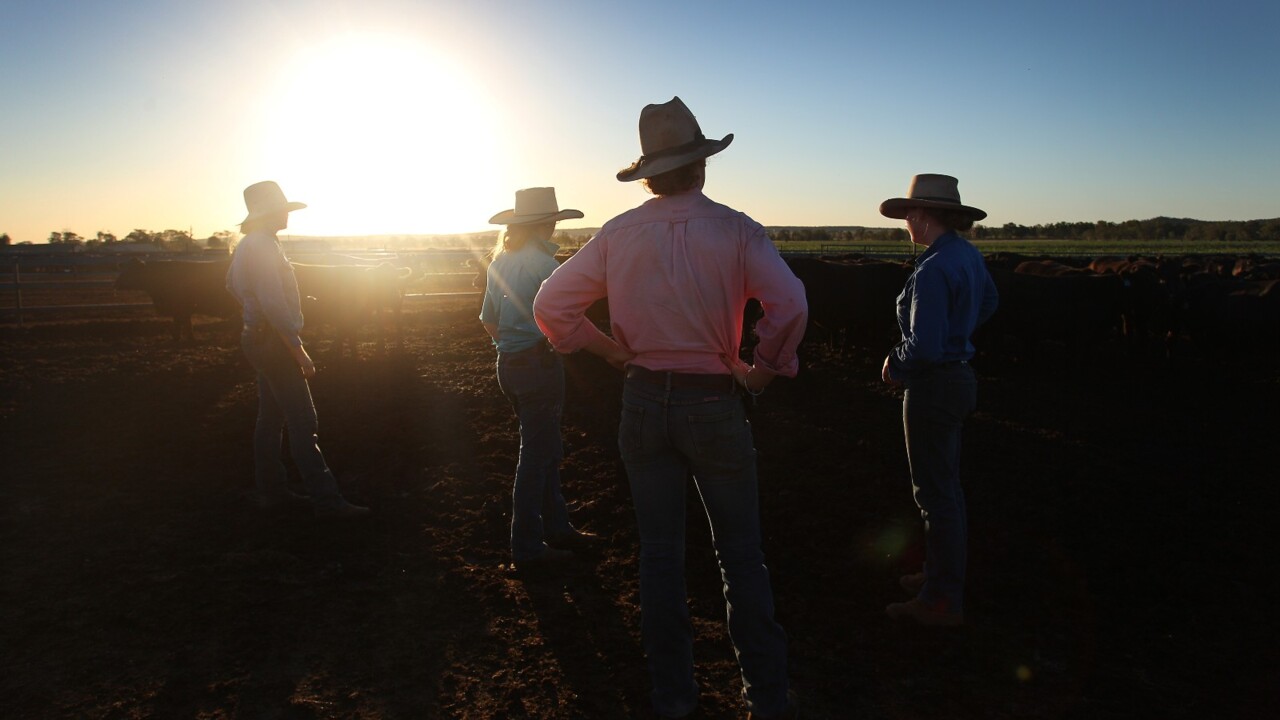Angus Taylor wary of coal gap as AGL hits eject
Angus Taylor has issued a warning to AGL Energy over its decision to accelerate the closure of its giant coal stations in NSW and Victoria.

Federal Energy Minister Angus Taylor has issued a warning to AGL Energy over its decision to accelerate the closure of its giant coal stations in NSW and Victoria, saying he is concerned the premature exit of significant supply could eventually hit prices and system reliability.
The 180-year-old power giant announced on Thursday a plan to close the doors of the Bayswater coal plant in NSW’s Hunter Valley up to five years early by 2030, while Victoria’s Loy Yang A facility faces the axe from 2040 from its expected retirement in 2048.
While AGL has given ample warning of its plans, Mr Taylor said there was cause for concern over the loss of 5000 megawatts of supply, or roughly 8 per cent of generation in the national electricity market.
The “exit of such a considerable amount of reliable generation is a concern for the continued reliability and affordability of the system. Delivery of new, timely, replacement dispatchable capacity will be critical in keeping prices low and the lights on,’’ Mr Taylor said.
AGL’s planned coal-dominated offshoot, Accel Energy, plans to develop Loy Yang, Bayswater and Torrens Island into major energy hubs spanning hydrogen through batteries as it looks to replace the lost capacity of the two coal plants.
Recalling the political dogfight over the closure of AGL’s Liddell coal plant in NSW, now set for early 2023, Mr Taylor said he was watching the company’s investment plans closely to ensure enough replacement generation was put in place.
“As we saw with the announced closure of Liddell, proposals for new projects are not enough,” Mr Taylor said.
“It is critical that private sector announcements translate to actual investments.
“The government will closely monitor and model the impact of these closures, to hold industry to account on the dispatchable capacity needed to ensure affordable, reliable power for consumers.’’
The federal government in 2020 set investors a 1000MW target for replacing the Liddell coal plant following concerns the retirement of the power station could lead to higher electricity prices. When the private sector failed to commit enough supply, the government ploughed ahead and bankrolled a huge gas power station near Newcastle in NSW through Snowy Hydro which it owns.

The Australian Energy Council – which represents giant power companies AGL, EnergyAustralia and Origin – said at the time that the government’s intervention threat might be counterproductive and could deter investment.
AGL, Australia’s biggest polluter, made the decision to bring forward closure of the coal plants as part of its increased targets cutting emissions and against a broader market backdrop of cheap renewables undercutting the economics of baseload coal.
It’s not alone in changing its estimates of how long coal will remain in the power mix with rival EnergyAustralia confirming last year the early closure by four years of its Yallourn coal power plant in Victoria’s Latrobe Valley by mid-2028.
Australia’s largest coal-fired power station, Origin Energy’s Eraring plant in NSW, will start closing its first unit in 2030 ahead of a full shutdown in 2032 while foreign-owner power operator Alinta has called for the federal government to step in as a lender of last resort due to difficulties securing bank funding for the nation’s remaining coal plants, amid escalating climate concerns.








To join the conversation, please log in. Don't have an account? Register
Join the conversation, you are commenting as Logout